Enhancing Therapy: The Vital Role of Vestibular Rehabilitation
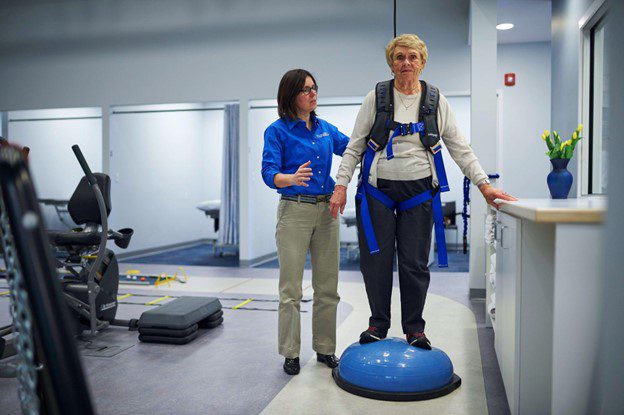
As physical therapists and facility owners, you understand the intricate nature of patient rehabilitation and the diverse needs of each patient. One area that often requires specialized attention is vestibular rehabilitation. According to the Centers for Disease Control and Prevention (CDC), over 14 million older adults in the United States fall yearly. Accidental falls are the primary cause of injury and injury deaths for older adults. Vestibular therapy can help reduce the falls your patients may experience. In this blog, we’ll explore vestibular therapy’s crucial role in rehabilitation, its benefits for patients, and why integrating it into your practice can lead to better outcomes and patient satisfaction.
What is Vestibular Rehabilitation?
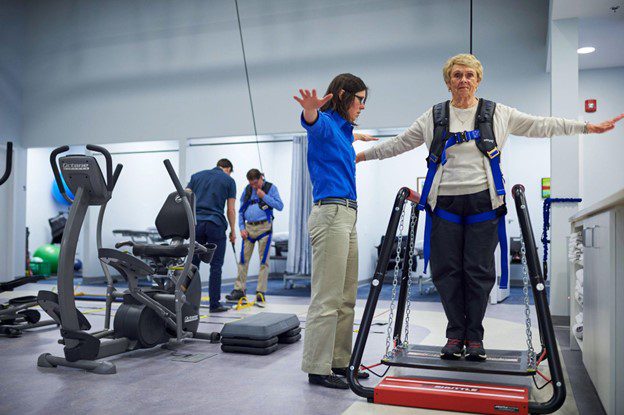
Vestibular rehabilitation is a specialized therapy designed to address issues related to the vestibular system, which controls balance and spatial orientation. Patients with vestibular disorders often experience symptoms like:
- Dizziness.
- Vertigo.
- Imbalance.
- Spatial disorientation.
- Blurred vision.
- Falling or stumbling.
These symptoms may significantly impact your patient’s quality of life and ability to perform daily tasks.
Why is Vestibular Rehabilitation so Important?
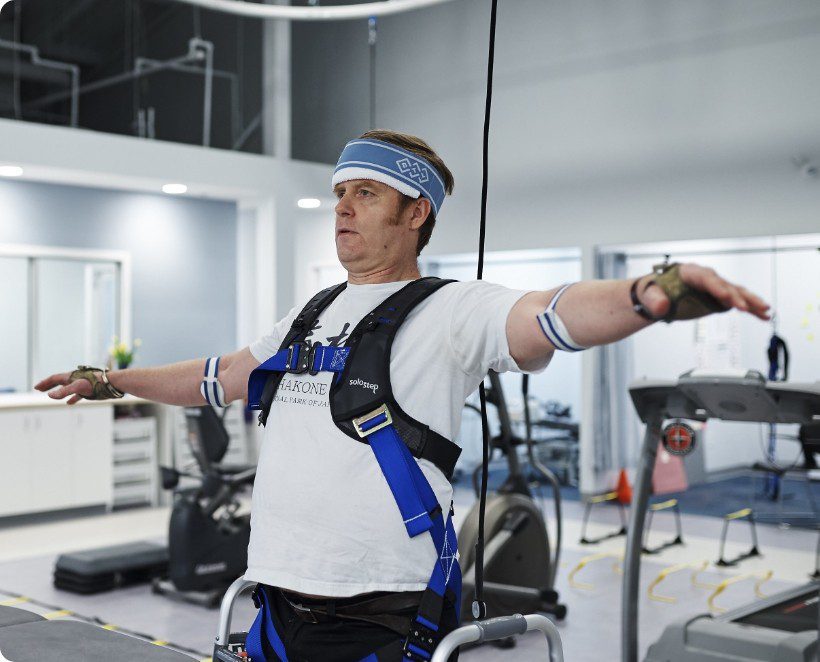
Incorporating vestibular therapy into rehabilitation programs can be transformative for patients recovering from various conditions, including:
- Inner ear disorders.
- Concussions.
- Neurological conditions.
- Post-surgical rehabilitation.
- And more.
Vestibular rehabilitation is crucial because it:
1. Restores Balance and Stability
Vestibular therapy includes exercises and maneuvers that improve balance, coordination, and proprioception. This helps patients regain their stability and confidence in movement.
2. Reduces Fall Risks
By targeting specific vestibular deficits and enhancing compensatory mechanisms, therapy reduces the risk of falls, which is particularly crucial for older adults and individuals with mobility impairments.
3. Enhances Functional Independence
Improved vestibular function enables patients to perform everyday activities more effectively, enhancing their independence and overall quality of life.
4. Addresses Vestibular Symptoms
Vestibular therapy can alleviate symptoms such as dizziness and vertigo, providing relief and improving patients’ ability to engage in therapy and daily tasks.
What Benefits Can You Expect from Integrating Vestibular Therapy Into Your Practice?
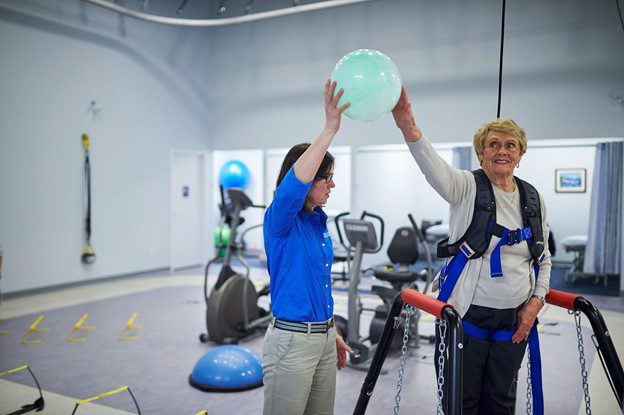
Integrating vestibular therapy into your practice offers several benefits, both clinically and economically:
1. Expand Your Clientele
Offering vestibular rehabilitation allows physical therapists to broaden their scope of practice and serve a wider range of patients with diverse needs.
2. Differentiation and Competitive Advantage
Facilities that provide specialized services like vestibular therapy distinguish themselves in the market, attracting patients seeking expert care for balance and dizziness issues.
3. Improved Patient Outcomes
By addressing vestibular dysfunction comprehensively, therapists can achieve better rehabilitation outcomes, increasing patient satisfaction and positive word-of-mouth referrals.
4. Increased Revenue Streams
Adding vestibular therapy services can create additional revenue streams for your practice, as patients may require multiple sessions over an extended period for optimal results.
How Can You Prevent Falls During Vestibular Therapy?
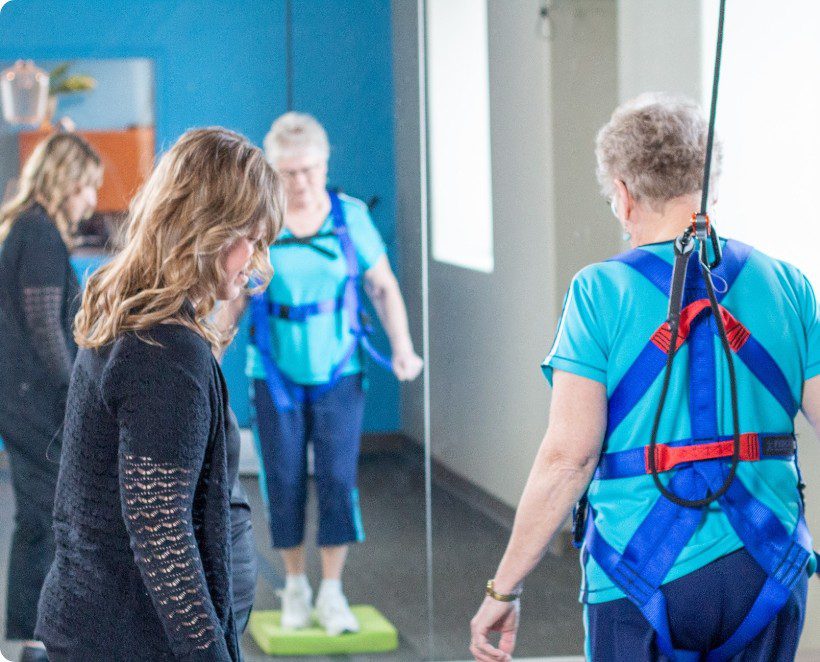
Preventing falls during vestibular therapy is paramount, as many patients who undergo this type of rehabilitation may already be at an increased risk due to their balance and dizziness issues. Some strategies to prevent falls during vestibular therapy are:
1. Assess the Patient’s Fall Risk
Conduct a thorough assessment of the patient’s fall risk at the beginning of therapy. This assessment may include evaluating gait, balance, strength, and other specific vestibular deficits.
2. Environment Modifications
Ensure the therapy environment is free of obstacles and hazards that could contribute to falls. Remove rugs, clutter, and other tripping hazards from the area where therapy will take place.
3. Supervision
Supervise patients closely during exercises, especially those that challenge balance or involve rapid head movements. A therapist should always be present to provide support and ensure safety.
4. Start with Basic Exercises
Begin therapy with simple, low-risk exercises to assess the patient’s capabilities and gradually progress to more challenging activities as their balance and confidence improve.
5. Encourage Proper Technique:
Emphasize proper technique and posture during exercises to minimize the risk of falls. Teach patients to move slowly and deliberately, maintaining good alignment and using support as needed.
6. Use Balance Aids
Utilizing balance aids, like the Solo-Step Overhead Track & Harness System provides support from falls and injuries during vestibular rehabilitation. They can also help patients challenge themselves during therapy.
7. Adapt Exercises to Patient Needs
Tailor exercises to each patient’s abilities and limitations. Modify exercises as necessary to ensure they are challenging but not overly strenuous or risky.
8. Educate Patients
Educate your patients about fall prevention strategies, including how to recover from a stumble or loss of balance safely. Teach them to recognize their limits and advocate for themselves during therapy sessions.
9. Monitor Symptoms
Be vigilant for signs of dizziness, vertigo, or other symptoms during therapy. Adjust the intensity or type of exercises if symptoms worsen to prevent falls and avoid exacerbating the patient’s condition.
10. Gradual Progression
Progress exercises gradually to build strength, coordination, and confidence over time. Avoid pushing patients too quickly, as this can increase the risk of falls.
By implementing these strategies, physical therapists can minimize the risk of falls during vestibular therapy while effectively addressing the underlying balance and dizziness issues that patients are experiencing.
How Can Solo-Step Help Prevent Falls During Vestibular Rehabilitation?
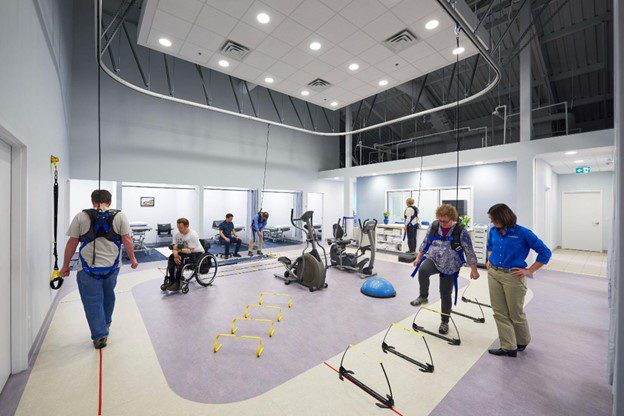
Patients using the Solo-Step Overhead Track & Harness System during gait, balance, and strength training are protected from dangerous falls and injuries during vestibular therapy. Solo-Step is a ceiling-mounted aluminum track & harness system consisting of a smooth-gliding trolley, lanyard, and harness. When the patient is in the Solo-Step system, they are safe from falls during therapy. Some benefits patients can experience while using the Solo-Step include:
- Decrease in their fear of falling.
- Increase in their confidence.
- Ability to challenge themselves during therapy.
- A safe environment for balance, strength, and gait training.
- 100% safety from fall-related injuries.
The Solo-Step Overhead Track & Harness System can be used with virtually any type of patient who is at risk of falling, including:
- Neurological disorders.
- Balance disorders.
- Geriatric patients.
- Bariatric patients.
- Pediatric patients.
- Amputees.
- High-performance athletes.
- Adaptive athletes.
- Anyone at risk of falling.
For pricing information about the Solo-Step Overhead Track & Harness System, click the button below!
In rehabilitation, addressing the complexities of vestibular dysfunction is essential for restoring function and improving the lives of patients. By incorporating vestibular therapy into your practice, you can provide comprehensive care that addresses musculoskeletal issues and balance and spatial orientation challenges. This holistic approach benefits your patients and strengthens your practice by setting you apart as a leader in rehabilitation services. As physical therapists and facility owners, embracing the role of vestibular therapy is key to enhancing patient outcomes and advancing the field of rehabilitation.